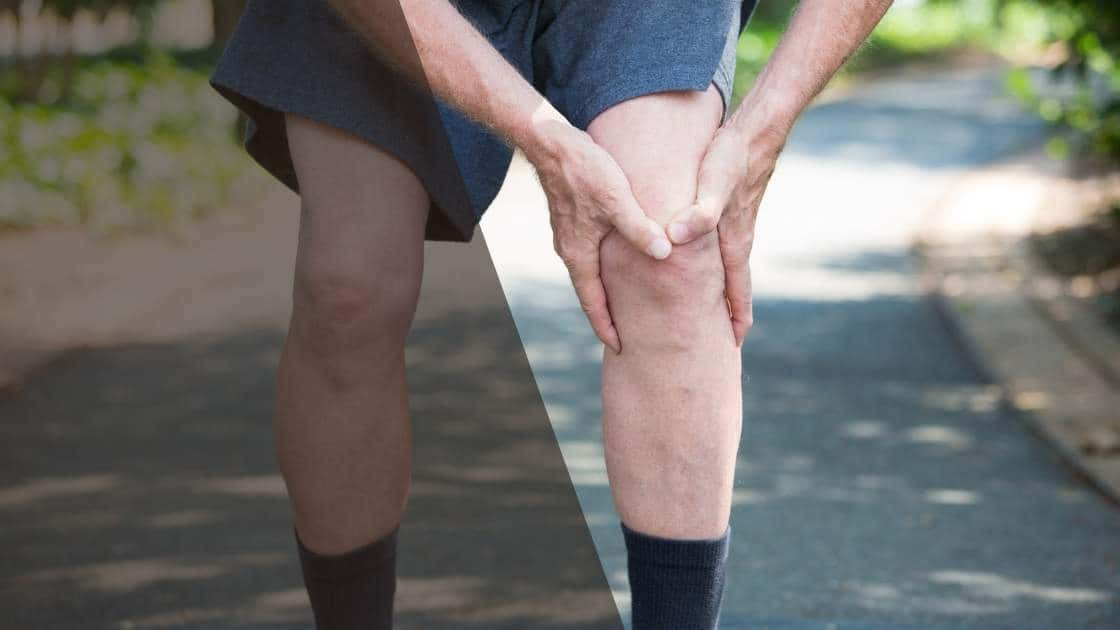An anterior cruciate ligament (ACL) injury is the overstretching or tearing of the anterior cruciate ligament (ACL) in the knee. A young athlete could incur ligament injury, wear a knee brace, or seek the help of a physical therapist. In worse cases, ACL reconstruction surgery is also recommended. As it's a common knee injury, the only remedy is knee stability by repairing the medial collateral ligament through graft or stitching, depending on the nature of the injury. If it's a grade 1 ACL sprain, the athlete could recover in a few weeks through physiotherapy. If it's a severe case of an anterior cruciate ligament injury affecting the shin bone or thigh bone, surgery is the only option. Therefore, sports medicine and injury prevention are crucial to the wellness of sportspersons.
The rehabilitation of meniscus tears is just as crucial as the time of injury and the type of injury. If the ACL is torn irreparably, the only option is surgery. Nonsurgical treatment is advised when it's a mild injury and the tear is partial. Jumping and landing may not be possible for sportspersons who have suffered a complete ACL injury. While partial or complete recovery depends on the severity of the sports injury, it is advisable to go for ACL injury prevention through proper training. Only an MRI can highlight the extent of the injury to the tendon and the lateral collateral ligament, among other things. An athlete could return to play sooner if the ligament is pulled or strained, but not torn.
The ACL can be injured in several ways, but the most common are:
# A sudden stop or change of direction.
# Landing from a jump incorrectly.
# Slowing down while running, but keeping your foot in place and planted on the ground.
You might have injured your ACL if you hear a popping noise in your knee, have trouble walking or standing, have immediate and severe pain, have swelling within a few hours, feel like your knee is unstable, have long-term pain or stiffness symptoms.
Anterior cruciate ligament injury
Injuries to the anterior cruciate ligament (ACL) are common among athletes. The ACL is one of the major ligaments in the knee. It connects your thigh bone (femur) to your shinbone (tibia), helping keep your knees straight and stable when you are walking or running. An ACL injury can occur in several ways, such as:
- twisting or turning too fast while playing sports
- landing awkwardly after jumping or falling
- catching yourself while falling down
If you suspect that you've injured your ACL:
- Don't put weight on the leg.
- If possible, raise the injured leg above heart level (elevate).
- Place ice on the knee for 20 minutes every two hours for 48 hours and then as needed for pain relief (don't apply ice directly to the skin). To prevent frostbite wrap an elastic bandage around the ice pack first so it doesn't touch the skin directly; remove the bandage after 15 minutes of icing time.
Symptoms and causes of ACL
How will you know if it's torn? The symptoms of ACL tear are:
- pain and swelling in the knee after a sudden twisting or pivoting movement, such as turning to change direction while playing soccer, pivoting on the court while playing basketball, or stepping off a curb too quickly.
- trouble bearing weight on the affected leg. If you have an ACL injury and try to walk on that side, it may feel like your knee buckles or gives way beneath you (it won't collapse). You'll also be able to feel a slight “catch” when straightening your leg at the knee.
Diagnosis and treatment options for ACL
- Diagnosis: If you suspect you have an ACL injury, call and make an appointment with a medical professional who can examine and diagnose your injury.
- Treatment options: In some cases, the damage to the ligament is so severe that surgery is needed to repair it. In other cases, rest and physical therapy may be sufficient for recovery from ACL injuries.
- What to do if you suspect you have an ACL injury: If you're having pain or swelling around or near your knee joint, see a doctor immediately. They'll likely give you advice on how to reduce swelling and pain while they determine whether or not there's been any permanent damage done to your ligaments by doing things like checking your range of motion in various directions (eccentric exercise).
Conclusion
ACL injuries can be devastating, but they don't have to be life-changing. With the right treatment and a positive attitude, you can bounce back from an ACL tear and return to your normal activities in no time at all.
FAQs
Can an ACL heal without surgery?
As with any injury, the healing process depends on the severity of your ACL tear. If you've had a partial tear, or if you have only one side of your knee involved (you injured one leg but not the other), your doctor may recommend that you try to heal without surgery. If both of your knees are injured and/or if there is significant scarring from previous surgeries or injuries, surgery will likely be recommended.
If surgery is required due to severe damage to your knee and/or ligaments, it can usually be done arthroscopically (through small incisions). This means less pain after surgery and a faster recovery time than open surgery.
What happens if ACL is not treated?
A torn ACL can result in knee instability and swelling, which can lead to long-term problems.
If you have a torn ACL and don't get treatment, you may be more likely to have:
- inflammation and swelling of your knee joint.
- weakened muscles around the knee as they compensate for the lack of stability caused by the injury.
- permanent knee pain or stiffness.
How long does it take to recover from a torn ACL?
The length of time it takes to recover from an ACL injury can vary. However, most people who have had the surgery can return to sports and other physical activities between six months to a year, according to NHS, UK.
However, some patients might need two surgeries. Researchers have found that satisfactory outcomes can drop from 97% to 76% with revision surgeries. Some patients have persistent instability after initial reconstructive surgery on their ACLs; this means that the joint keeps giving out over time or does not heal properly after one operation. In these cases, doctors may recommend a second operation called revision surgery—which involves replacing or repairing the first brace—to improve stability and help prevent further injuries.
Is ACL surgery a major surgery?
ACL surgery is major surgery, but it can be done as an outpatient procedure. It's generally performed by an orthopaedic surgeon, who can be either a general surgeon or an orthopaedic surgeon (specialised in the musculoskeletal system).
The type of ACL surgery you'll have depends on the size or extent of your injury and how much damage has been done to other structures around the knee joint. Surgery may also be necessary if you’re planning on having reconstructive procedures (like microfracture) later.
ACL injuries usually require surgical repair because they're so hard to treat otherwise. If left untreated, they can cause fluid buildup which could lead to serious complications like arthritis. If your tear isn't too large and only involves one ligament, however, it might not need surgical intervention at all. Many people recover from partial tears just by resting their knee until it heals itself over time. But this isn't always possible for everyone as there's no way to know how severe your tear will be before going through testing!
Should I have ACL surgery or not?
That depends on many factors. If you are young and active, you should probably have surgery. However, if you are older and don’t want to risk your knee joint in the future, then it is probably better to avoid surgery. If you do have other injuries or medical conditions that affect your knees, then it is best to consider having ACL surgery when possible.
Can an ACL tear get worse?
An ACL injury can get worse over time. This is why it's so important to seek medical attention right away if you suspect you have torn your ACL. If the torn ligament remains untreated, it can lead to more serious injuries like osteoarthritis and premature cartilage degeneration in your knees as well as other complications such as post-traumatic arthritis, which can cause pain and inflammation around the knee joint.

